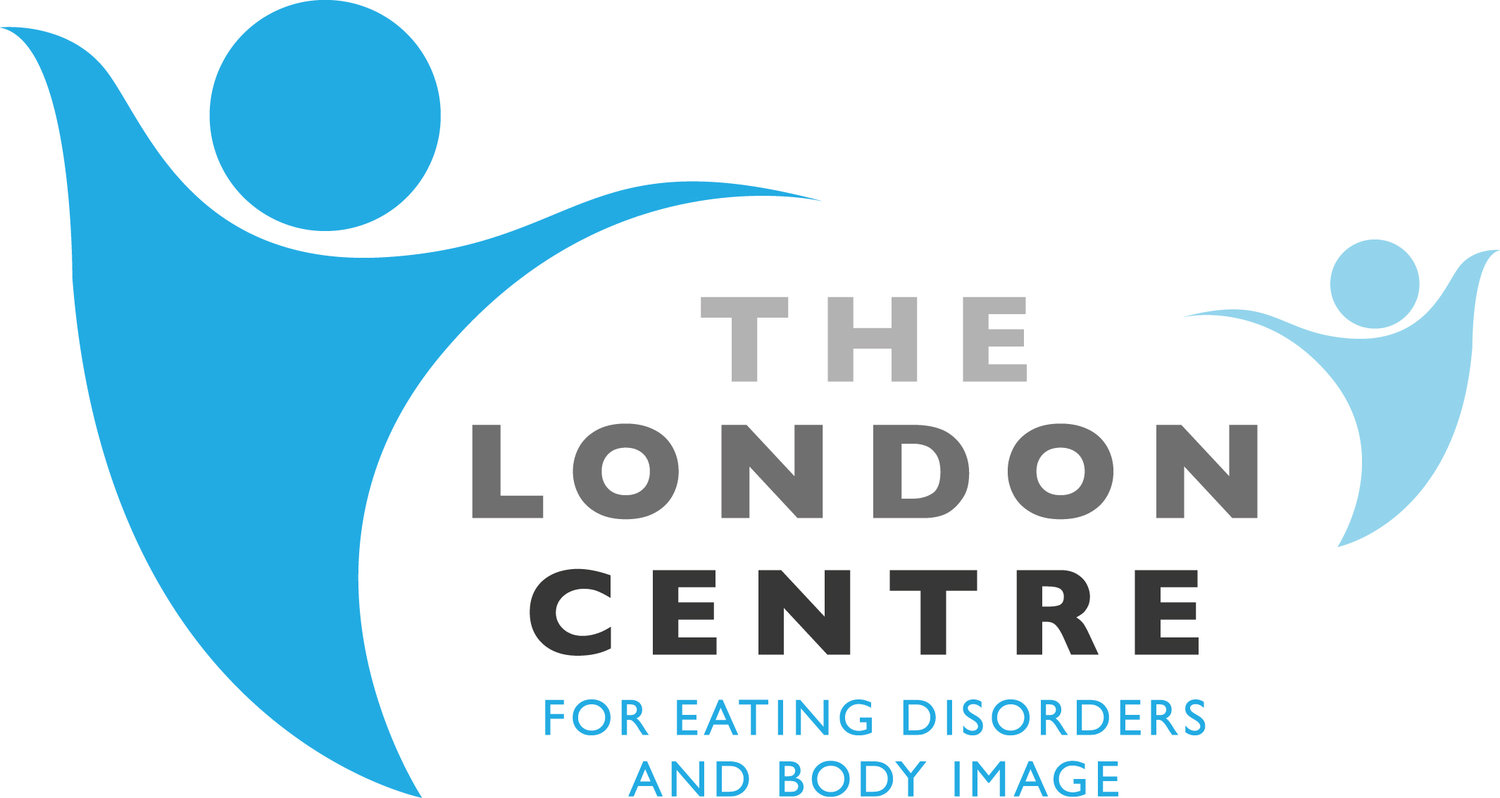Common Cognitive Distortions
When a person experiences an unpleasant or unhelpful emotion, it is often preceded by unhelpful thoughts. Often there is a pattern to such thoughts - we call these unhelpful thinking errors or cognitive distortions.
Cognitive distortions are not unique to people with eating disorders, in fact everyone will use cognitive distortions to a greater or lesser degree. However when a person consistently and constantly uses these styles of thinking, they can cause themselves a great deal of emotional distress.
Common Unhelpful thinking styles:
All or nothing thinking - you see things in black and white categories e.g. “If I’m not completely successful then I must be a failure”
Overgeneralisation - you see a single negative event as an ongoing pattern of defeat e.g. “If I can’t keep this relationship going I’ll never be able to keep any relationship going”
Mental filter - you pick out a single negative event and dwell on it exclusively e.g. remembering only the one thing you were told could be better, despite the many things that you were praised for
Disqualifying the positive - you reject positive experiences by insisting they “don’t count” for some reason or other e.g. “My friend gave me a compliment but they just feel sorry for me”
Jumping to conclusions - you make a negative interpretation even though there are no definite facts. This can be ‘mind reading’ (assuming the thoughts and intentions of others) or ‘fortune-telling’ (anticipating the worst and taking it as fact) e.g. “People are staring at me because I am so fat” (mind reading) or “My boss wants to speak to me – I must have made a massive mistake and I’ll get the sack” (fortune telling).
Magnification and minimisation - you exaggerate the importance of things e.g. your own mistake or someone else’s achievement; or you inappropriately shrink things until they appear tiny e.g. your own desirable qualities or the other person’s imperfections
Emotional reasoning - you assume that your negative emotions reflect a fact e.g. “I feel it, therefore it must be true”
What do I do next?
If you often find yourself falling into any of these patterns, it may be time to make some changes.
1. If you notice a big shift in mood, check whether you are using any of the cognitive distortions and make a note of it. See if any patterns develop over time.
2. Use questions to see if you can find an alternative, more balanced thought: Are you only noticing the bad? What is most likely to happen right now? Things aren’t black and white - there are shades of grey - where is this on the spectrum?
3. Practice challenging these ways of thinking whenever you can - this will help the new way of thinking become the new habit, and will help you distance yourself from the unhelpful thoughts.

